Main Cause of Global Warming
Consensus from Earth Science
- burning of fossil fuels (oil, gas, ) -> emission Carbon Dioxyde CO2
- on of the main Greenhouse gases
- GHG accumulate in the atomosphere
- warms land and oceans
- more evaporation -> feedback effects
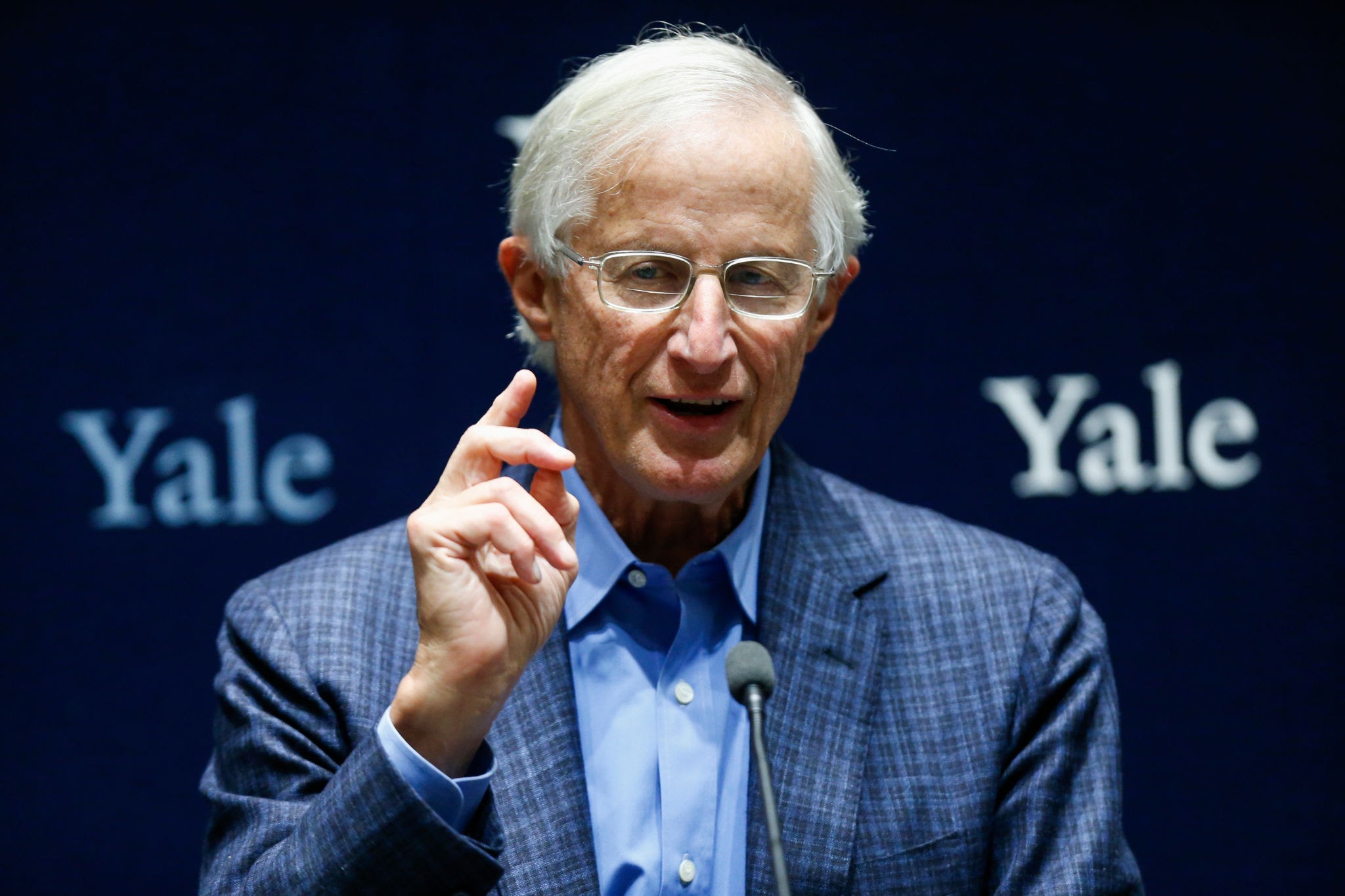
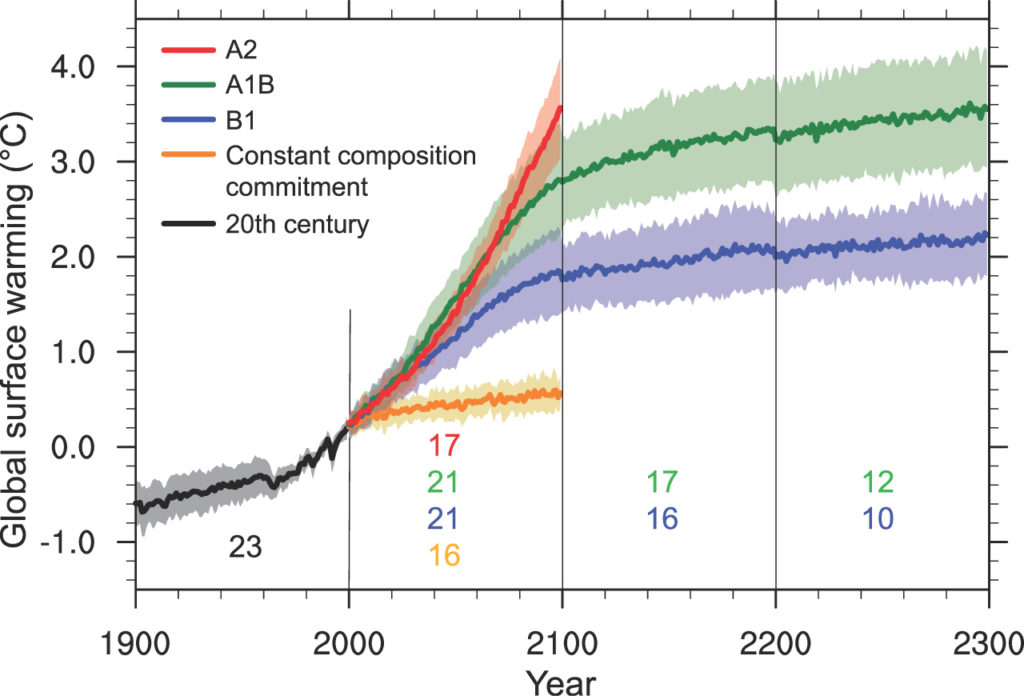
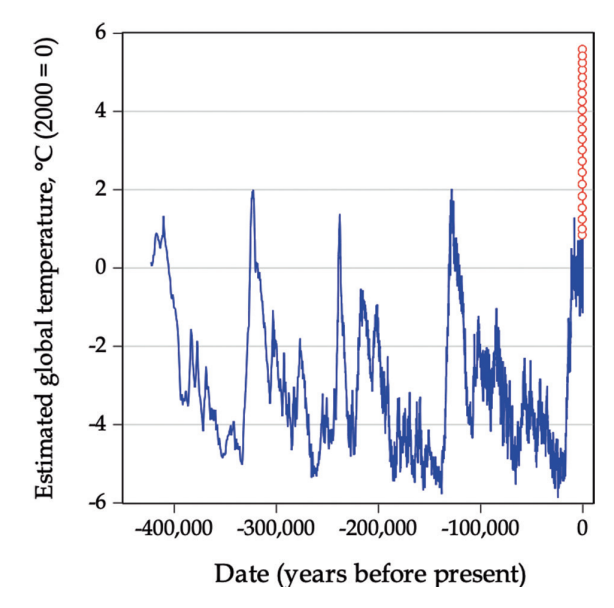
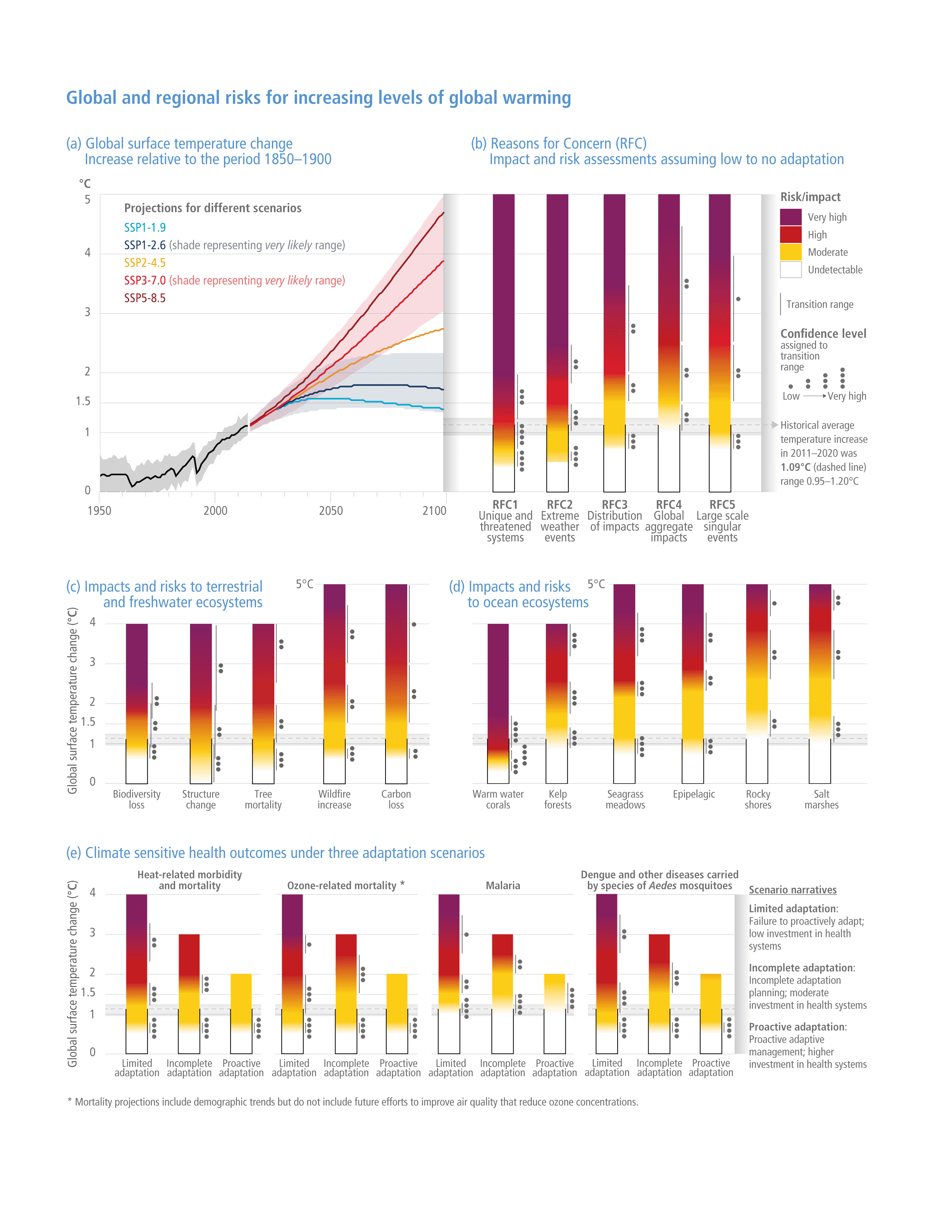
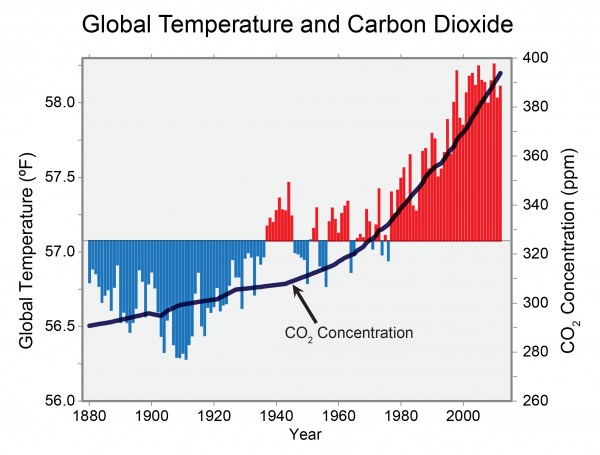




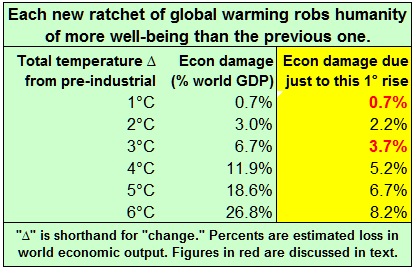
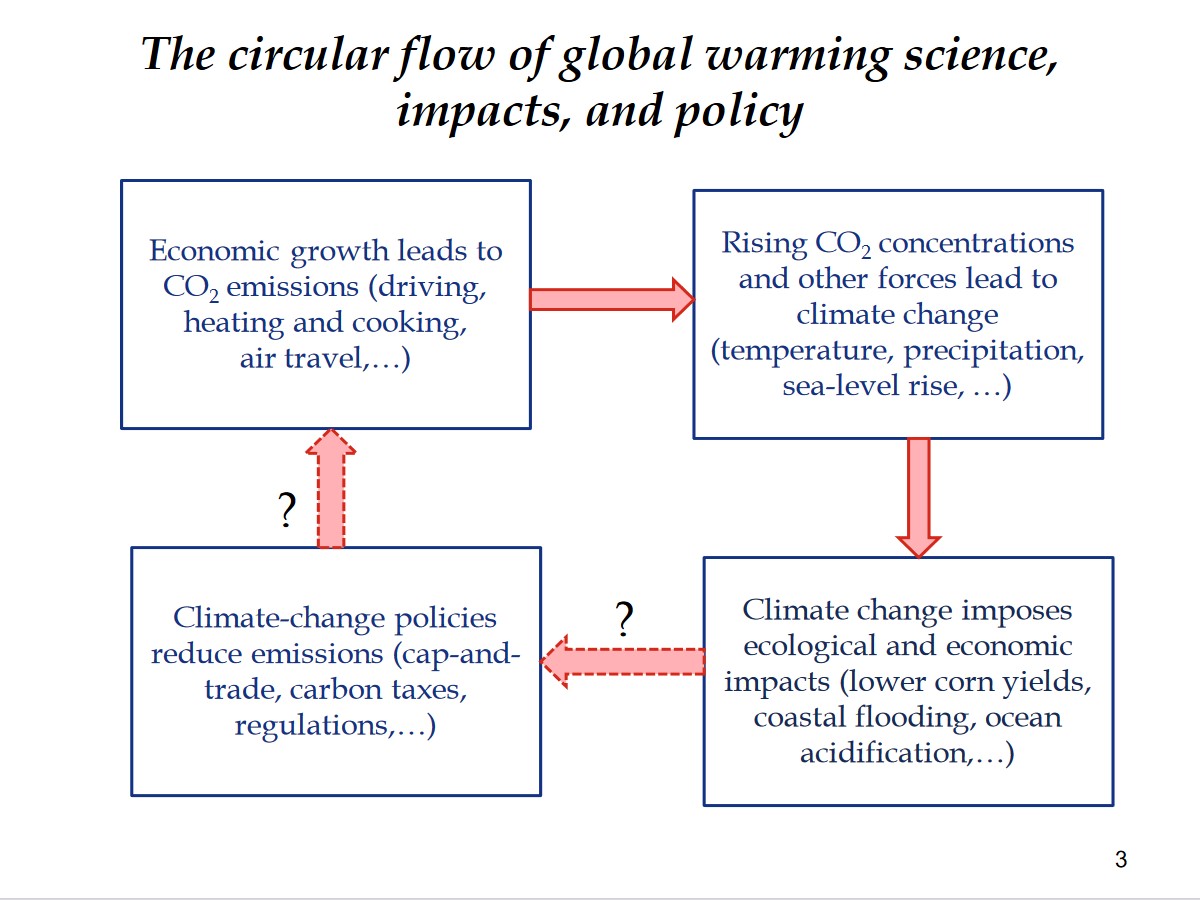
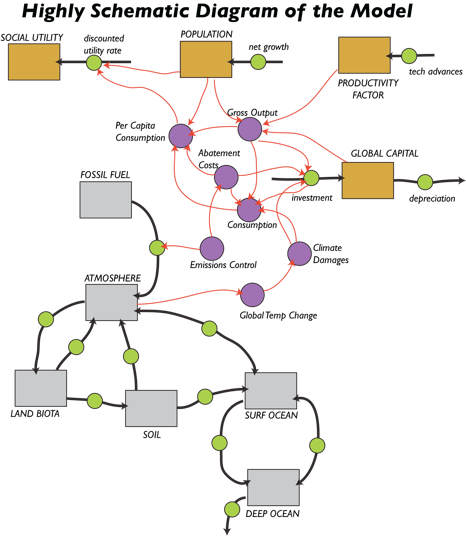
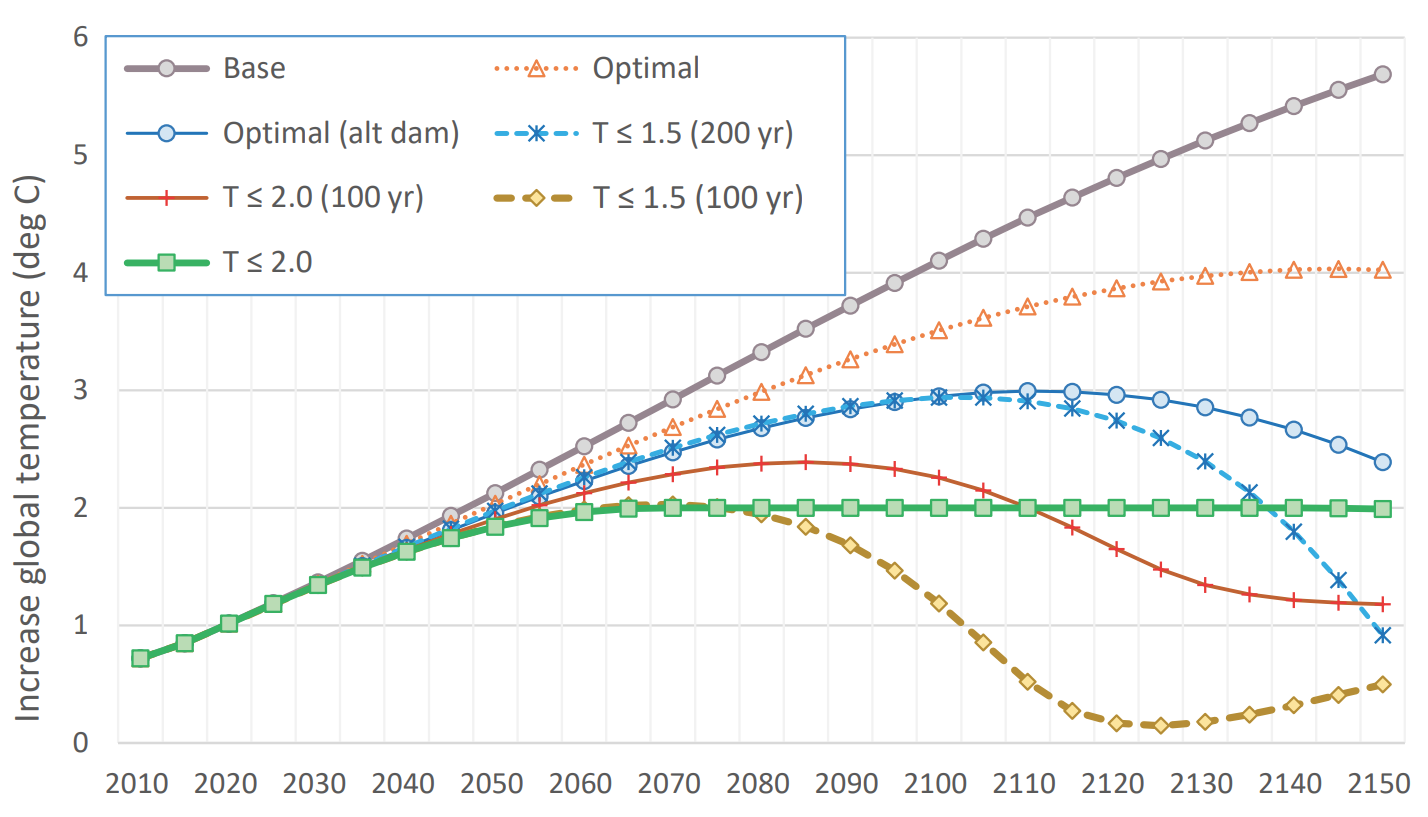
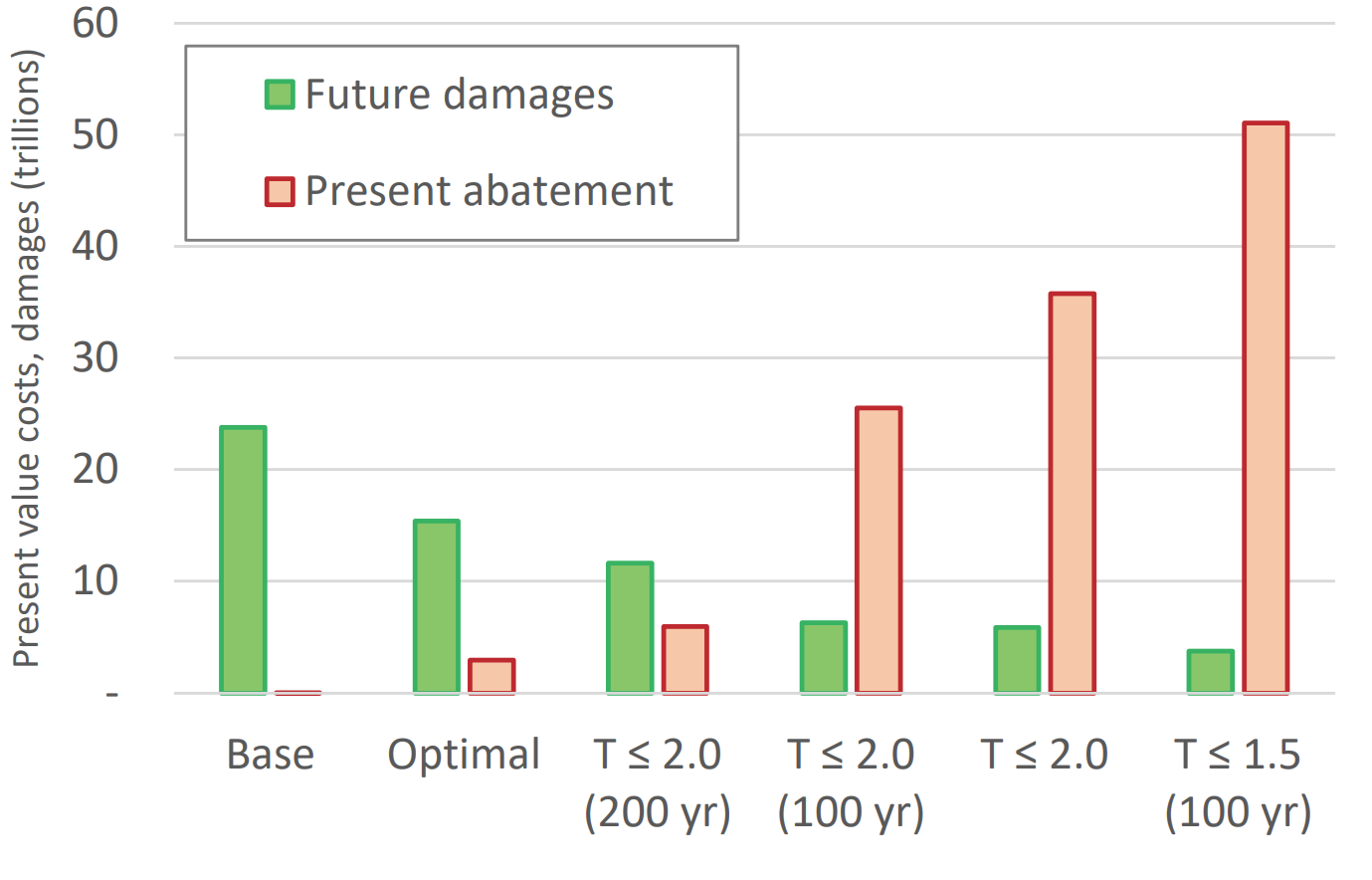
Social cost of carbon
Despite raising some legitimate doubts about optimal carbon policy IAM models yield estimates for the price of carbon which are used as a basis for policy discussions.